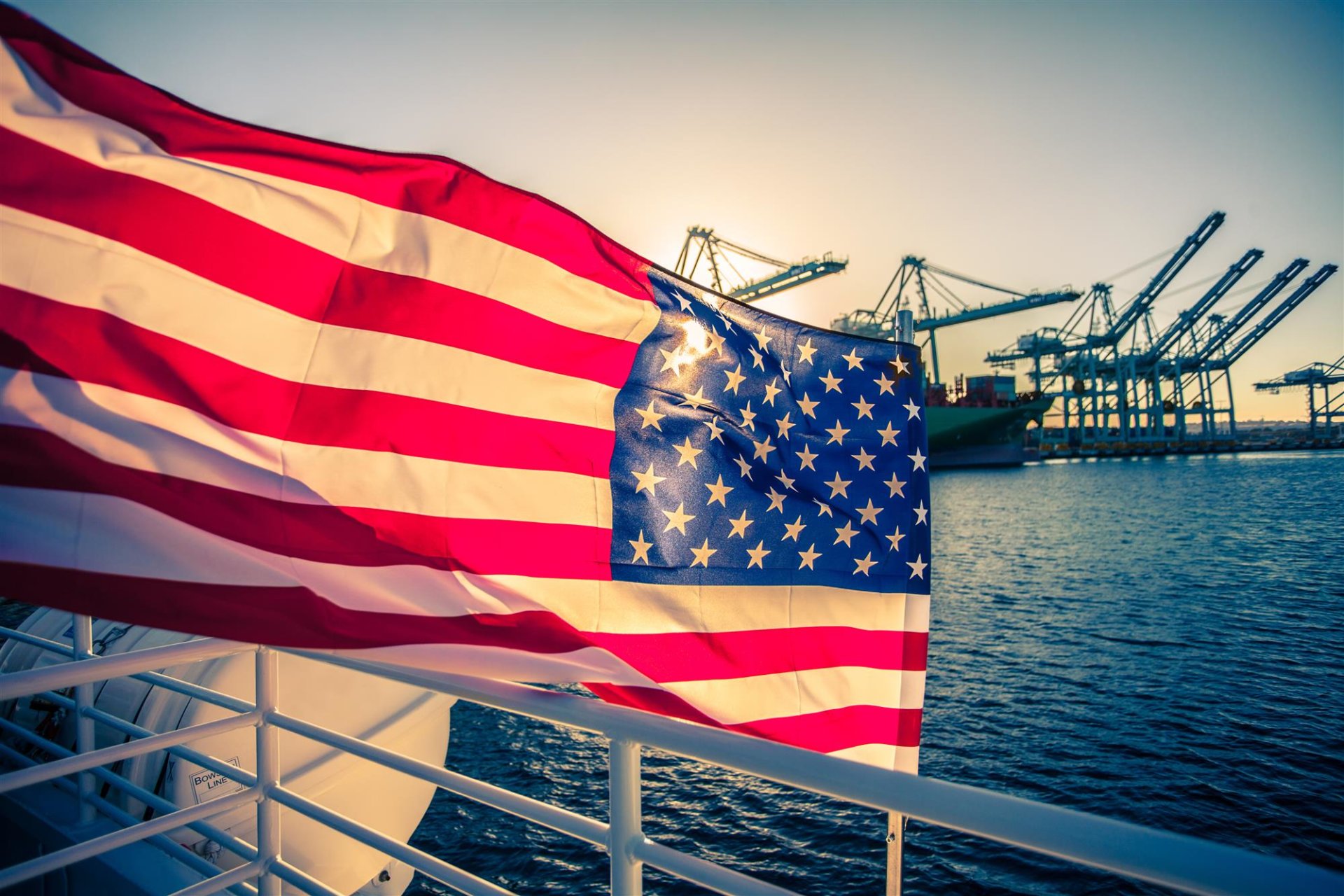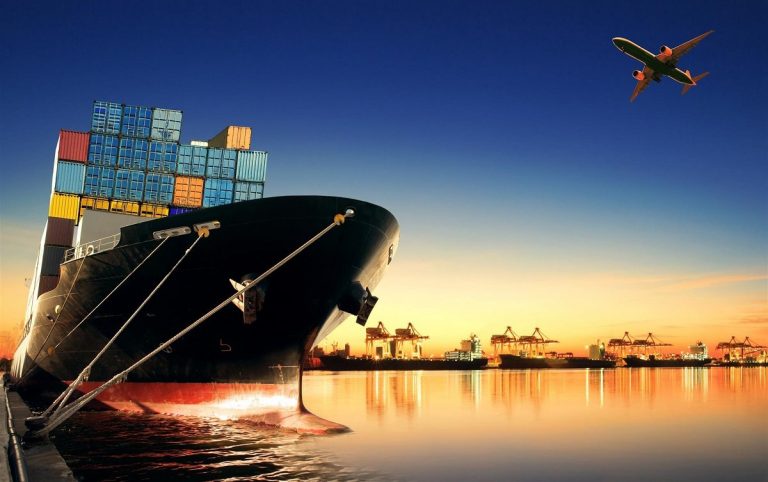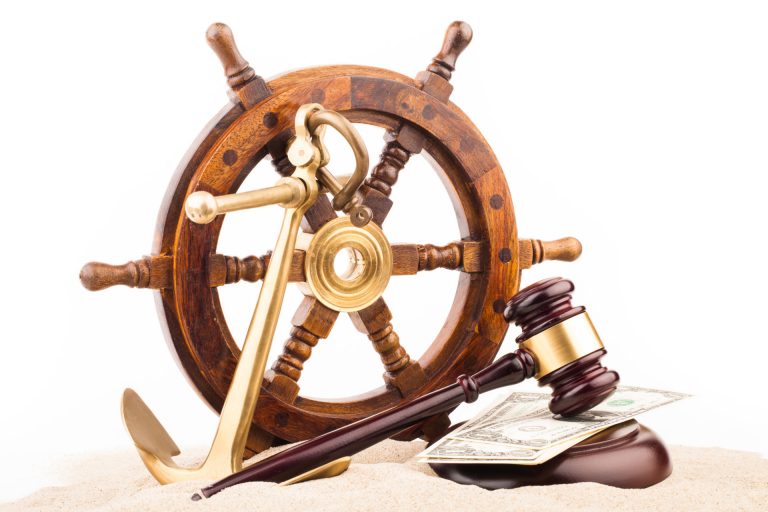The Suits in Admiralty Act (SAA) was passed by the United States Congress in 1920 in order to provide remedies for those injured due to negligence that is not directly related to injuries while in the service of government-owned vessels or their operations. The SAA is closely related to the Public Vessels Act (PVA), yet it is for cases where the injuries were caused from negligent actions that were not part of the operation or normal job functions of the vessel.
Why Was the SAA Enacted?
Prior to 1920, if seamen were injured, and the causes for their injuries were due to negligence from a U.S. owned or operated vessel, they were not allowed to sue the federal government. In other words, the U.S. government had full protection from being sued by injured parties.
The U.S. Congress did not believe that the U.S. government should be fully protected from lawsuits in cases where the government had been negligent and contributed to causing maritime accidents and personal injuries. To ensure people had equal protections, the SAA was enacted.
How Has the SAA Changed Since 1920?
While the Act and the provisions contained therein have remained pretty much unchanged, in 1960 the U.S. Congress did alter what types of claims could be filed against the U.S. government under the SAA. This change expanded the SAA to include any type of maritime claim that would fall under the SAA. In 1983, there was another update that added a clause for a 120-day review/response period.
Is the SAA Still Relevant Today?
There are a number of U.S. government agencies which own and operate vessels, such as:
- The U.S. Navy
- U.S. Coast Guard
- U.S. Army Corps of Engineers
- NOAA (National Oceanic and Atmospheric Administration)
- The National Marine Fisheries Service

In the event an accident occurs and someone is injured, the SAA is still relevant today to ensure peoples’ rights are protected against injuries caused by an accident not covered by the PVA, Jones Act, or other maritime laws involving a U.S. government owned or operated vessel.
How Is the SAA Different from the Public Vessels Act (PVA)?
The PVA is different from the SAA and the protections it affords those injured while in the service of a U.S. government owned or operated vessel. The PVA also affords protections to those in the service of a vessel being contracted by the U.S. government. Each of the government agencies mentioned previously rely upon civilian contractors, both onboard their own vessels and on contracted vessels. Additionally, the PVA provides protections for both U.S. and foreign civilian workers.
To illustrate the differences between the SAA and PVA, let’s examine a few different scenarios.
- Example 1: SAA Injury Case
You are onboard a privately owned vessel that is heading out to sea from a U.S. port to sea. While en route, a U.S. Coast Guard vessel hits your ship and causes you to fall overboard. You sustain injuries as you fall into the ocean. The Coast Guard is slow to respond to your rescue and, due to their negligence, you sustain further injuries. Since the accident was not directly related to the operation of the U.S. government owned vessel, your claim would fall under the SAA.
- Example 2: PVA Injury Case
You are a U.S. government contractor assigned to work aboard a U.S. Navy vessel. While onboard, you are injured as a result of malfunctioning equipment that was not properly maintained. Since your injuries occurred onboard and are deemed part of the day-to-day onboard operations of the vessel, you would file your claim for injuries with the PVA.
Please keep in mind, the above examples are for illustrative purposes only and do not construe legal advice. In certain cases, your claim may have to be filed under some other maritime law or act, as this is a very complex area of the law.
Why It Is Important to File Your Maritime Claim Immediately
When filing any type of a maritime claim for personal injuries, it is essential to file your claim as soon as possible. There are specific statutes of limitation, depending on which law or act the claim is filed under. If you wait until the statute of limitations is about to expire, it could be too late to bring a claim against the responsible party.
Jones Act claims have a three-year statute of limitation from the date the injury occurred. However, both the SAA and PVA only have a two-year statute of limitation. In addition, the SAA has the 120-day review/response period, as well as a six-month denial period.
If you were to wait and file an SAA claim 20 months after the date your injuries occurred, your claim could be denied since there is insufficient time left for the 120-day review/response period and six-month denial period.
Furthermore, if you were to file your claim under the wrong maritime law or act and have it denied, you would want to make sure you had sufficient time left to refile your claim under the correct law or act.
Why You Should Get Help from a Maritime Lawyer
There have been maritime law cases in the past where the plaintiffs initially waited and filed their claims under the wrong law or act. After a lengthy period and their claims being denied, they did not have sufficient time left to file their claims under the correct law or act. Unfortunately, due to their delay in filing, they lost any rights to sue the U.S. government.
For instance, in Anderson v. the United States, the claim for injuries was initially filed under the Federal Tort Claims Act (FTCA). However, while Mr. Anderson’s claim was filed promptly, it was filed under the wrong act.
By the time Mr. Anderson discovered his claim should have been filed under the SAA, he was already at month 23 under the statute of limitations for filing under the SAA. Since there was not sufficient time left for the six-month denial period nor the 120-day review/response period, Mr. Anderson’s case was dismissed.1
Had Mr. Anderson consulted with experienced maritime lawyers following his accident and injuries, he would not have filed his claim under the FTCA. Instead, his lawyers would have filed the claim under the appropriate maritime law and act.
How to Know What Maritime Claim to File Against the U.S. Government
As you can imagine, the area of maritime law is very complex and confusing. If you are going to bring a lawsuit against the U.S. government for injuries caused by a U.S. owned or operated vessel, it is vital to know which laws and acts apply to your situation.

In certain situations, the circumstances surrounding your accident and personal injuries could seem like they overlap with various maritime laws and acts. Knowing how to determine what law or act to file your claim under will have a direct impact on the outcome for your case.
It is for these reasons, as well as the peace of mind of knowing your claim will be filed correctly, that you need to speak with a maritime lawyer experienced in all maritime laws and acts, including:
- The Jones Act
- Longshore and Harbor Worker’s Compensation Act (LHWCA)
- Death on the High Seas Act (DOHSA)
- Admiralty Extension Act (AEA)
- Outer Continental Shelf Lands Act (OCSLA)
- PVA
- SAA
If a loved one or you have been injured by a U.S. government owned or operated vessel, either while in the service of the vessel or as an indirect result not related to the operation of the vessel, you could have a claim either under the PVA or SAA, as well as other maritime laws or acts.
Please feel free to contact Maintenance and Cure, part of Schechter, Shaffer & Harris, L.L.P. at 1-800-836-5830, to speak with a maritime lawyer now for a free consultation.
Source:







